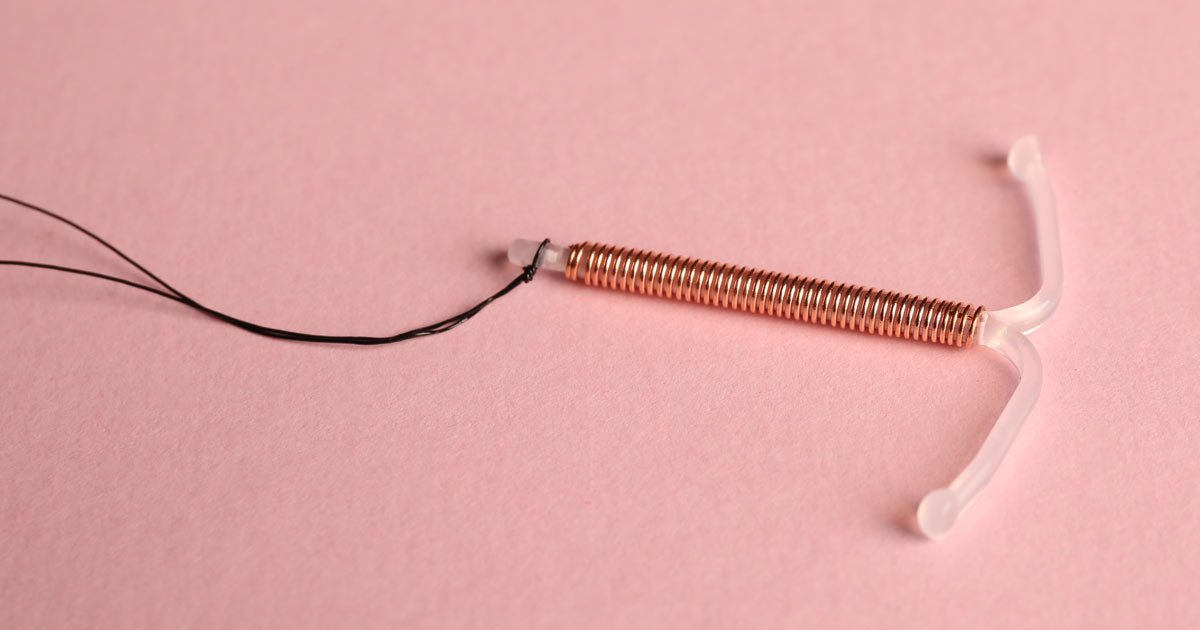Key takeaways:
- Long-acting reversible contraception and IUD use rose after start of a South Carolina contraceptive access initiative.
- More women reported long-acting reversible contraceptive use in South Carolina vs. Alabama.
IUD use increased in South Carolina after implementation of a statewide initiative focused on improving contraceptive access for women of reproductive age, according to results of a cohort study published in JAMA Network Open.
Launched in 2017, the South Carolina Choose Well initiative focused on ensuring contraceptive access through offsetting contraceptive costs, developing infrastructure and workforce, capacity building and training, marketing and communications, and strategic learning and sustainability across clinical sectors. To date, Choose Well is estimated to have served more than 450,000 individuals and worked with more than 120 unique partners across South Carolina, including Federally Qualified Health Centers (FQHCs), the researchers wrote.
Long-acting reversible contraception and IUD use rose after start of a South Carolina contraceptive access initiative. Image: Adobe Stock.
“Although safety-net clinics provide an important point of access for reproductive health care for people with lower incomes in the state, the range of services and contraceptive methods available vary widely among clinics,” Nathan Hale, PhD, associate dean for research and associate professor in the department of health services management and policy at the Center for Applied Research and Evaluation in Women’s Health at the College of Public Health at East Tennessee State University, and colleagues wrote. “In 2016, fewer than one in 10 FQHCs in South Carolina offered the full range of contraceptive methods … and IUDs were the least available method, with only 37% of the 19 Choose Well participating FQHCs surveyed offering any IUD on site.”
Hale and colleagues conducted a cohort study using data from the Statewide Survey of Women administered from October 2017 to April 2018 from 667 women of reproductive age in South Carolina and 677 in Alabama (mean age, 34 years) — a similar state with no contraceptive access initiative. The data were linked to three follow-up surveys administered in 2019, 2020 and 2021. Researchers compared self-reported contraception use from the initial survey with responses from follow-up surveys to examine changes in contraceptive method use in this population.
Primary outcomes were changes in contraceptive method use — long-acting reversible contraception, IUDs, implants, short-acting hormonal injections and barrier or other methods — from the initial survey to the three follow-up surveys.
From initial survey results in 2017 to 2018 to follow-up survey results in 2019 to 2021, long-acting reversible contraception use increased from 17.6% to 21.1% in South Carolina compared with an increase from 18% to 18.1% in Alabama (P = .004). In addition, IUD use increased from the initial survey to follow-up surveys from 14% to 17.4% in South Carolina compared with 13.8% to 15.9% in Alabama (P = .003).
The results remained significant in adjusted analysis with higher odds of reporting long-acting reversible contraception (adjusted OR = 1.24; 95% CI, 1.06-1.44) and IUD (aOR = 1.19; 95% CI, 1.06-1.32) use in follow-up surveys in South Carolina compared with Alabama.
Researchers observed no differences in use of short-acting hormonal injections, barrier or other contraceptive methods from the initial survey to follow-up surveys.
“Our findings may contribute to an increasing evidence base in support of statewide contraceptive access initiatives and their role in promoting access to reproductive health services and advancing health equity among diverse population groups,” the researchers wrote.










